
Can Courtroom Behavior Predict a Defendant’s Outcome
37 min read Explore how defendants’ courtroom conduct influences bail, plea deals, jury perceptions, and sentencing, with research insights, real-world examples, and practical guidance for attorneys and defendants. (0 Reviews)
Can Courtroom Behavior Predict a Defendant’s Outcome?
Most people think outcomes in court hinge on statutes, evidence, and finely tuned arguments. They are not wrong. But anyone who has sat through a trial also knows that a courtroom is a human environment, and human environments are sensitive to impressions: posture at counsel table, a hesitant glance toward the jury box, a well-timed apology, or a quick whisper to counsel when patience would have been wiser. The question is not whether courtroom behavior matters at all; it is how much it matters, in what ways, and for whom.
This article takes a clear-eyed look at the role comportment plays in shaping judicial and jury decisions. We examine what research actually shows, where the limits lie, and how to separate fair guidance from manipulative theater. Along the way are practical checklists for defendants and attorneys, examples from real cases, and a frank discussion about bias and ethics.
What We Mean By Courtroom Behavior

Courtroom behavior encompasses more than eye contact and a blazer. It includes nonverbal signals, verbal style, interaction patterns with counsel and the court, and adherence to rules of decorum.
Key components:
- Nonverbal cues: posture, eye contact, facial expressions, fidgeting, visible signs of anxiety, grooming, and attire.
- Verbal style: tone and volume, pacing, responsiveness to questions, clarity, and the tendency to volunteer extra details.
- Interaction habits: interrupting or talking over others, visible reactions to testimony, and deference to the judge.
- Procedural conduct: arriving on time, respecting courtroom rules (no phones, no gum), and following instructions.
A defendant who sits attentively, consults counsel quietly, and answers questions directly exhibits credibility-friendly signals. By contrast, slouching, exaggerated displays of confidence, or rolling eyes during testimony can appear disrespectful. None of these automatically proves guilt or innocence, but together they frame perception of sincerity and self-control, qualities jurors and judges often equate with trustworthiness.
What the Research Says: Signals That Move Decisions

A substantial body of research explores how demeanor influences legal decision making. The effects are not universal, and they are rarely huge, but they are measurable.
- Remorse and responsibility: Judges in many jurisdictions explicitly consider remorse at sentencing. Studies of mock jurors and judicial surveys suggest that visible remorse and acceptance of responsibility often mitigate punishment, particularly when paired with concrete steps such as restitution or treatment enrollment. Displays perceived as insincere can backfire.
- Attractiveness and facial impressions: A meta-analysis of mock-jury studies has found small but consistent effects of attractiveness on judgments of guilt and sentencing, though effects vary by crime type. Research on baby-faced features suggests that baby-faced defendants are judged as less culpable for intentional aggression but more culpable for negligence, reflecting stereotypes about naivete and carelessness.
- Racialized perception: In a well-known 2006 study, researchers reported that defendants with more stereotypically Black facial features were more likely to receive the death penalty in cases with White victims. The study highlights a troubling interaction between perception, race, and punishment.
- Anchoring and expectations: Experiments with judges show susceptibility to anchoring, such as influence from the initial number presented for sentencing or bail. In some experiments, even random anchors affected judgments. Behavior that signals responsibility and self-restraint can influence the anchors prosecutors, probation officers, and opposing counsel set, which then shape the decision space.
- Demeanor and credibility: Observers often overestimate their ability to detect deceit from nonverbal cues. While jurors use demeanor to judge credibility, accuracy is poor. That means demeanor can change beliefs even when it should not, especially under cognitive load.
The bottom line: Demeanor effects tend to be small to moderate and contingent on context. They can amplify or dampen preexisting leanings rather than reverse a case. Yet in close calls—on bail, among competing sentencing options, or when deciding between conflicting witnesses—behavior can be a tie-breaker.
Nonverbal Cues That Jurors and Judges Actually Notice
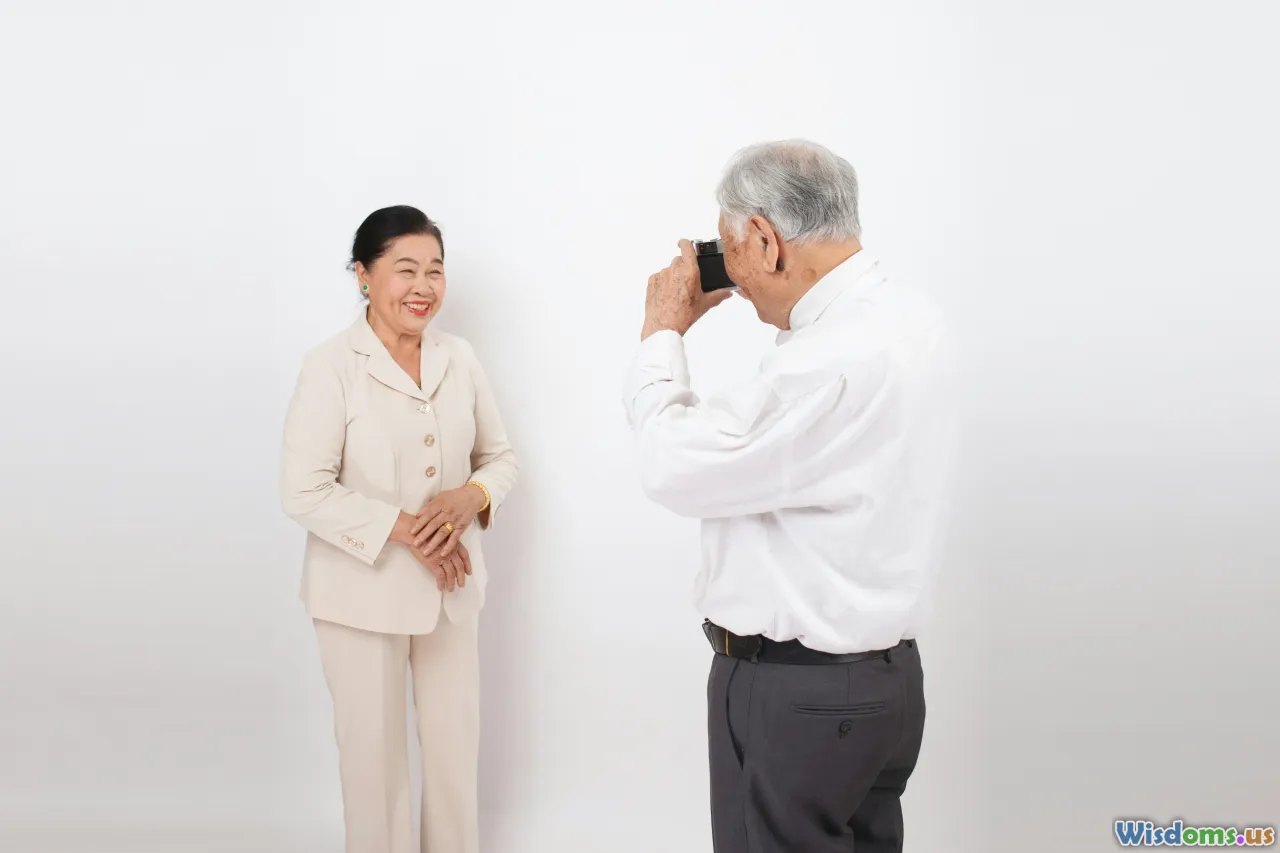
Think of nonverbal behavior as a silent soundtrack. The following generalizations hold in real courtrooms:
- Eye contact and gaze: Intermittent, natural eye contact suggests openness. Staring can feel aggressive; avoiding all gaze reads as withdrawn or evasive. When testifying, looking first at the questioner and then at the fact-finder (jury or judge) while finishing an answer is a simple, effective rhythm.
- Posture: Upright posture with shoulders relaxed signals attentiveness. Leaning forward too far suggests over-eagerness; slumping suggests disengagement.
- Hands and gestures: Open hand gestures near midline feel transparent; pointing, large sweeping motions, or crossed arms can feel defensive. Keep hands visible and still when not speaking; avoid loud pen clicks or foot taps that microphones can pick up.
- Facial affect: A neutral to concerned expression reads as respectful. Smiling at inappropriate moments can seem callous, while extreme stone-faced stoicism can feel inhuman. Jurors notice micro-reactions during testimony and verdict reading.
- Attire and grooming: Clean, simple, well-fitted clothing in muted tones works best. Flashy jewelry, brand-forward logos, or casual wear can distract. In many surveys, attorneys report that jurors explicitly mention attire in post-trial interviews as part of credibility assessments.
Example: During a theft trial, two defendants of similar age and background face comparable evidence. One sits with shoulders square, nods when addressed, and keeps a notepad that he occasionally references. The other leans back, whispers frequently during direct examination, and looks toward the gallery after damaging testimony. Jurors may experience the first as engaged and the second as cavalier, even if both are nervous. That impression can color close inferences about intent.
The Power and Pitfalls of Verbal Style

Words matter, but so does how they are delivered.
- Pace: Slow enough to be understood by the court reporter, fast enough to feel conversational. Pauses to think are better than filler words like uh or you know.
- Volume: Project calmly. Shouting or whispering conveys loss of control.
- Directness: Answer the question asked, no more, no less. Volunteering extra details can open new lines of cross-examination or appear evasive if not precisely on point.
- Language choice: Plain language beats jargon. Do not try to mimic lawyerly phrasing; authenticity carries more weight.
- Remorse and responsibility: An apology that names the harm and commits to change is more credible than sorry if anyone was offended. Avoid minimizing, passive voice, or excuses that shift blame.
A compact template for authentic responsibility when appropriate:
- Identify the conduct or outcome: I drove after drinking and endangered people on the road.
- Acknowledge impact: That was wrong, and I understand it scared and harmed others.
- Describe learning or change: I entered treatment and have six months of documented sobriety.
- Commit forward: I will continue counseling and support, and I am willing to perform community service.
Courts look for alignment between words and deeds. Paperwork that substantiates treatment, restitution, employment stability, or compliance with pretrial services gives content to claims of responsibility.
Structural Drivers vs. Behavior: What Matters More

Behavior is not the engine of outcomes. It is the trim on the car. The engine is made of:
- Strength of evidence: forensic results, reliable eyewitnesses, documentary proof, video, and admissions.
- Legal framework: statutes, case law, mandatory minimums, sentencing guidelines, and evidentiary rules.
- Representation quality: experience and preparation of counsel; access to investigators and experts.
- Procedural posture: pretrial release decisions, plea offers, suppression rulings, and charging choices.
- Defendant history: prior record, compliance with prior supervision, and risk assessments.
These drivers overwhelmingly set the range of plausible outcomes. Courtroom behavior plays within that range, rarely beyond it. In practice, politeness will not overcome a mandatory sentence, and slouching will not turn ironclad evidence into an acquittal. Yet within the span of discretionary choices—bail amount, probation terms, fine versus community service, high or low end of a guideline range—demeanor can push the needle.
Bias, Fairness, and Why Behavior Does Not Land the Same Way for Everyone
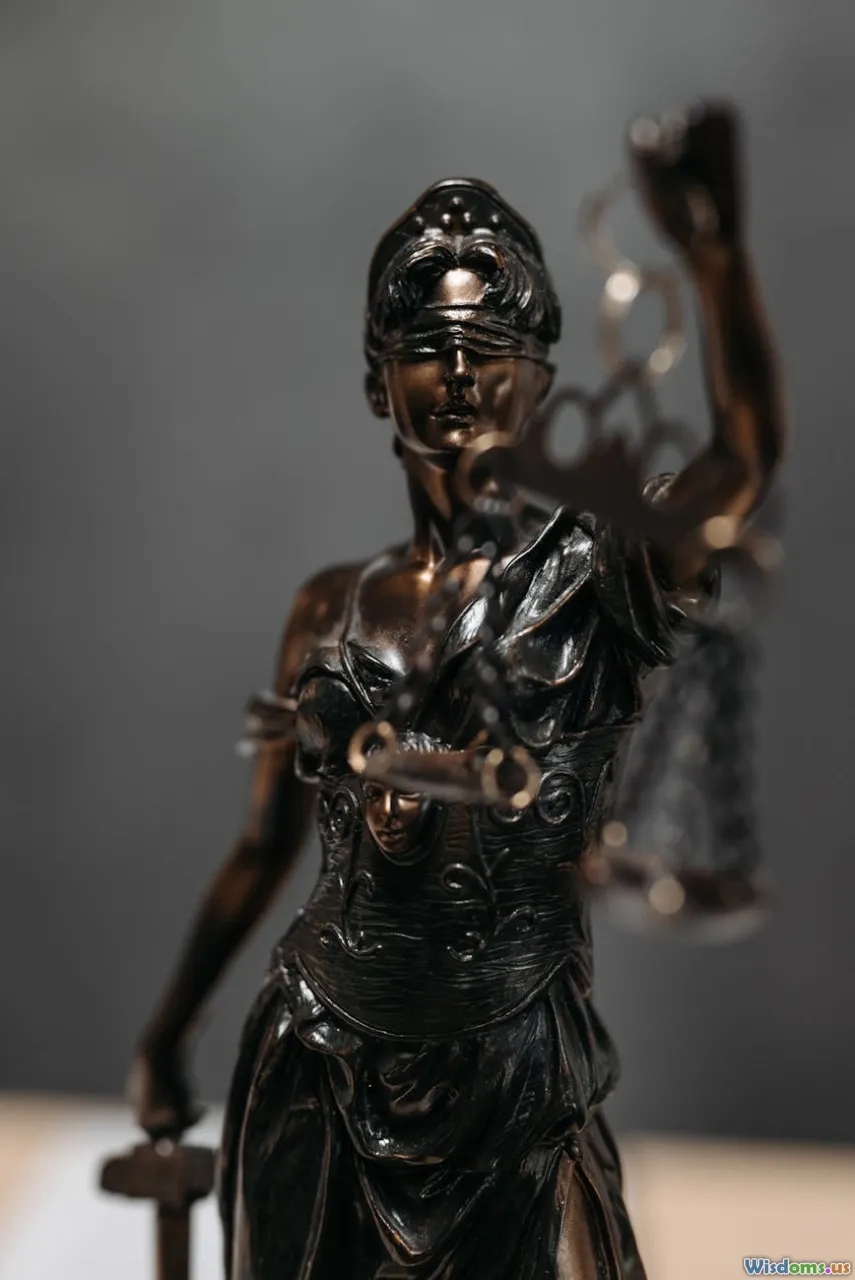
Behavior is interpreted through cultural and personal lenses. Several patterns recur:
- Cultural display rules: In some cultures, avoiding direct eye contact with an authority is a sign of respect; in others, it reads as evasive. Without cultural competence, jurors and even judges can misread the same behavior.
- Socioeconomic markers: Clothing style, accent, or teeth condition can trigger class-based judgments. A suit that looks borrowed may still work better than a hoodie, but the deeper issue is unequal access to the polish that courts implicitly reward.
- Race and stereotypes: Research documents that identical behavior by people of different races can be judged differently. Perceptions of anger, remorse, and credibility are not race-neutral.
- Gendered expectations: Women may be penalized for either too little or too much emotion relative to gendered norms; men may face expectations of stoicism.
Ethical practice requires acknowledging these dynamics. Attorneys should frame cultural context through voir dire and expert testimony when necessary, and judges can instruct juries about the limits of demeanor as evidence. Defense teams should avoid teaching clients to perform traits that are inauthentic or culturally dissonant, focusing instead on clarity, respect, and concrete actions.
Case Snapshots: When Behavior Seemed to Matter

While anecdotes do not prove causation, they illustrate how behavior interacts with case dynamics.
- Remorse at sentencing: In many jurisdictions, judges account for acceptance of responsibility. Defendants who speak briefly, acknowledge harm without excuse, and present documentation of restitution or treatment often receive the lower end of a guideline range. Lawyers frequently report that a thoughtful allocution letter filed in advance, coupled with a concise statement in court, did more than any theatrics.
- Bail hearings: In a busy arraignment courtroom, the judge has minutes to decide release conditions. Defendants who arrive neatly dressed, make eye contact, and present a short list of community ties (job letter, school enrollment, caregiver responsibilities) often fare better than those who shrug or appear disengaged, even with similar backgrounds. Preparation by counsel, including a one-page release plan, magnifies this effect.
- Contradictory demeanor signals: In a fraud trial, a defendant smiling while listening to evidence of victims losing life savings will look unsympathetic. Even if the smile stems from nerves, jurors read it as callousness. A simple strategy—fixing gaze on counsel, softening facial muscles, and breathing slowly during emotional testimony—can prevent inadvertent displays.
- Credibility contests: In cases that hinge on competing testimony, jurors often rely on narrative coherence and demeanor. Witness coaching to avoid overconfidence and hedging can reduce the risk of appearing rehearsed. Defendants who acknowledge small uncertainties often sound more truthful than those who claim photographic memory for every detail.
These vignettes highlight a theme: behavior rarely invents a new story; it either reinforces or undermines the story the evidence tells.
The Data Problem: From Impression to Prediction

So can behavior predict outcomes? The short answer is not reliably in isolation. Here is why:
- Omitted variables: Many behavior analyses lack controls for case strength, charge severity, or prior record. Without those controls, behavior appears to predict outcomes because it correlates with unmeasured factors. For instance, defendants with strong counsel are more likely to be well-prepared in court.
- Small effects: When researchers include strong controls, demeanor effects often shrink. Predictive accuracy barely improves when adding posture or gaze features to models that already include charge, evidence indicators, and criminal history.
- Measurement challenges: Coding demeanor consistently across cases is hard. Camera angles, lighting, and cultural differences complicate video analytics. Human raters introduce their own biases.
- Context-dependence: The same behavior that helps in sentencing (e.g., emotion) can hurt during trial if it looks manipulative. Models trained in one court may not generalize to another.
Take a hypothetical logistic regression predicting conviction using charge type, evidence markers, prior record, and a coded demeanor score. The area under the curve (AUC) might be 0.80 without demeanor and 0.81 with it: statistically significant but marginal in practice. That one-point bump might matter to a researcher but not to a public defender triaging cases.
The upshot: Behavior is a useful qualitative signal within advocacy, not a stand-alone predictor. The wiser use is to reduce avoidable negative impressions rather than to try to optimize a predictive score.
The Zoom Era and Remote Hearings
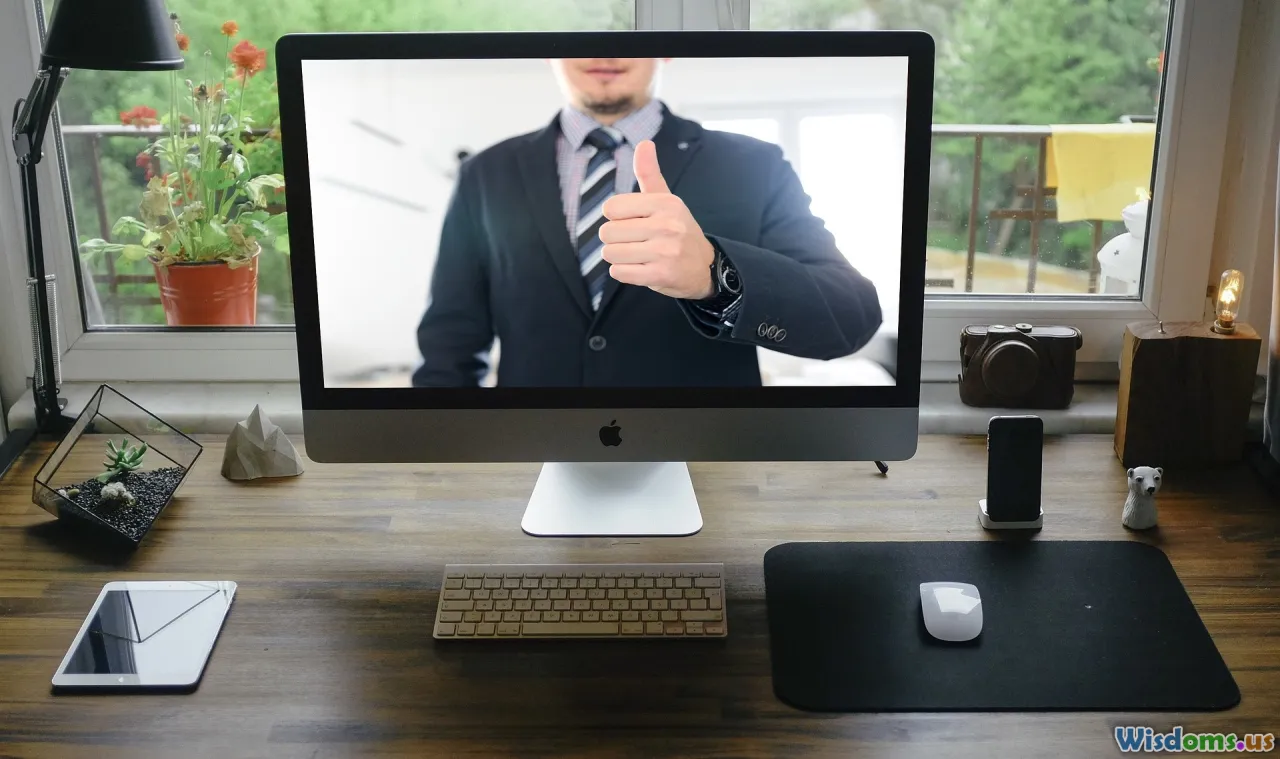
Remote proceedings changed the stagecraft of courtrooms:
- Technical setup becomes demeanor: Poor audio, backlighting, or a cluttered background can read as careless. Good lighting, a neutral backdrop, stable internet, and proper camera angle communicate respect.
- Camera gaze: Looking into the camera simulates eye contact. Reading from notes placed beside the lens helps maintain that connection.
- Distractions: Children entering frame, pets, or phone notifications interrupt flow. Muting when not speaking and using headphones reduces feedback loops that irritate judges.
- Dress and environment: Dress as you would for court. Sit at a desk, not on a couch or bed. Elevate the camera to eye level.
Some jurisdictions have studied pretrial outcomes across in-person and video settings. One study of bond court found that video appearances were associated with higher bail amounts on average, possibly because distance dampened rapport and humanization. Whether or not that replicates everywhere, it underscores the need to optimize remote presence.
Checklist for remote appearances:
- Test your platform, camera, audio, and name display the day before.
- Frame head and shoulders, with the camera at eye level and a neutral background.
- Speak one at a time; pause to account for latency.
- Keep documents ready in an organized folder rather than searching on screen.
Practical How-To: Preparing a Defendant for Court

A structured preparation plan can turn abstract advice into action. Below is a week-by-week outline that attorneys can adapt.
Three weeks out:
- Assess wardrobe needs and logistics. If needed, arrange attire through family, community groups, or public defender offices that often keep donated professional clothing.
- Begin practice sessions to rehearse posture, listening, and concise answers. Record short clips to build awareness.
- If appropriate, start drafting a sincere allocution or statement of responsibility with counsel. Gather documentation: treatment enrollment, work schedules, school records, caregiver letters, and restitution receipts.
One week out:
- Conduct a mock Q and A covering friendly and hostile questioning. Focus on answering the last question asked, not the unasked question in your head.
- Practice controlled breathing: inhale for four counts, exhale for six while waiting to speak. This quiets visible anxiety.
- Review courtroom layout and roles so nothing is a surprise on the day.
One to two days out:
- Confirm transportation, timing, and courthouse security rules.
- Prepare a one-page personal background summary for counsel that highlights stable ties and plans. Counsel can convert this into a release or sentencing memo.
- Line up supporters who can attend or provide letters of support if appropriate; visible community is a signal of accountability.
Day of court:
- Arrive early, dress simply, and remove distractions.
- Sit upright with hands on the table or lap, keep reactions muted, and maintain a neutral expression.
- When addressed, face the speaker, pause a beat, and answer clearly. If you do not know, say you do not know; if you do not remember, say you do not remember.
- If you must consult counsel, lean in and whisper softly; do not cover the microphone with your hand as it can amplify noise.
After court:
- If released under conditions, follow up immediately: schedule appointments, enroll in classes, or start community service. Document everything.
For Attorneys: Coaching Without Theater

The goal is not to script a performance; it is to remove avoidable distractions and align authentic conduct with the strongest legal theory.
- Start with the theory of the case: What must the court believe to rule in your favor? Identify the narrative and demeanor that fits that theory. For example, in a self-defense case, confident but not aggressive; in a restitution-focused sentence, humble and forward-looking.
- Focus on a few high-yield behaviors: stillness, eye contact, brevity, and acknowledgment of the court. Avoid overloading clients with 20 rules.
- Rehearse stress management: Dry mouth, shaking, and fast speech are common. Practice with a metronome-like tapping under the table or silent box breathing.
- Use structure: Create a call-and-response drill. Ask questions with one-sentence answers to build the habit of directness.
- Build context for cultural differences: If eye contact norms differ, consider addressing that through voir dire or a brief explanation in opening so jurors are not left to speculate.
- Pair demeanor with documentation: An apology lands better when backed by proof of restitution efforts. Narrative congruence beats eloquence.
Ethically, draw the line at fabricating emotion or inculcating falsehoods. The mandate is to prepare, not to invent.
The Comparison: Jury vs. Judge Sensitivity to Behavior

- Juries: Diverse, slower decision-making bodies that are more impressionable with respect to demeanor and narrative. They respond to coherence and personhood cues. Voir dire and instructions can shape how they use demeanor.
- Judges: Time-pressured, experienced decision-makers with legal training. Many judges believe they are better than average at ignoring irrelevant signals; research suggests they are not immune. Judges tend to be especially sensitive to demonstrated responsibility at sentencing and to procedural respect.
In bench trials, clarity, consistency, and legal framing matter more than warmth. In jury trials, warmth can matter more. In both forums, disrespect—rolling eyes, interrupting, speaking over the court—hurts badly.
Common Misreads: What Behavior Does Not Mean

- Nervousness is not guilt: Most people look nervous in court. Jurors should be told this explicitly during voir dire.
- Eye contact rules vary: Some defendants show respect by minimizing direct gaze. Absent a cultural explanation, jurors often infer evasiveness. Counsel should address this head-on.
- Stoicism can mask trauma: Flat affect may reflect medication or trauma, not indifference.
- Over-polished delivery may read as coached: Humanizing imperfections can build credibility.
When judges instruct jurors that demeanor is not evidence of guilt, they can reduce misinterpretation. Counsel should use those instructions and reinforce them in closing.
Measuring the Unmeasurable: Tools and Tactics for Analysts

For researchers or policy teams exploring behavior-outcome links with rigor, a few methodological guardrails matter:
- Pre-register hypotheses: Decide which behaviors you expect to matter before looking at data to avoid p-hacking.
- Define transparent coding sheets: If coding eye contact, specify intervals and angles. If coding posture, define categories clearly.
- Control for confounds: Case type, severity, evidentiary markers, counsel experience, prior record, and local practice norms.
- Use nested models: Outcomes are clustered by judge and courthouse; multilevel models can account for that.
- Report effect sizes with uncertainty: Confidence intervals and practical significance, not just p-values.
- Test generalization: Train in one county, test in another; train one year, test the next.
Even with best practices, expect modest explanatory gains. Use them to inform training and policy, not to adjudicate cases.
The Ethics of Using Behavior as a Signal

On one hand, demeanor can reflect meaningful qualities like respect for the process and willingness to change. On the other, behavior is filtered through unfair lenses. Ethically navigating this tension involves:
- Transparency: Courts should articulate when demeanor influences decisions and why.
- Guardrails: Judges and jurors should be cautioned against relying on demeanor to infer truthfulness or character in the absence of other evidence.
- Access: Provide resources so indigent defendants can meet baseline expectations of attire and preparation.
- Cultural competency: Training for judges, lawyers, and jurors about how culture shapes communication.
- Documentation over theater: Reward actions—restitution, treatment, compliance—more than polished performances.
Quick Tips: A Defendant’s Courtroom Checklist

Before court:
- Clothing: Clean, simple, well-fitting; muted colors; minimal jewelry.
- Logistics: Arrive early; know the room; silence electronics.
- Documents: Bring proof of employment, school, treatment, or restitution if relevant.
During court:
- Listening: Face the speaker; do not interrupt; keep reactions neutral.
- Speaking: Short answers; plain words; steady pace; be honest when you do not know.
- Posture: Upright; hands visible; no fidgeting.
After court:
- If under conditions, act fast. Keep records of every step you take.
What About High-Profile Cases?

Media coverage often highlights defendants’ clothing, tears, or notes scribbled at counsel table. While those images travel, the leverage of behavior in such cases is often smaller than it looks. High-profile trials come with seasoned counsel, dense evidentiary records, and jurors acutely aware of scrutiny. Demeanor still matters—especially in the face of victim testimony—but verdicts in these cases rarely hinge solely on behavior.
One constructive takeaway from visible cases is how teams prepare the frame around behavior. They introduce the defendant as more than the charges, connect present action to change, and anticipate how particular emotional displays will read on camera. Smaller cases deserve the same care, even if there are no cameras.
Preparing for Allocution: A Mini How-To
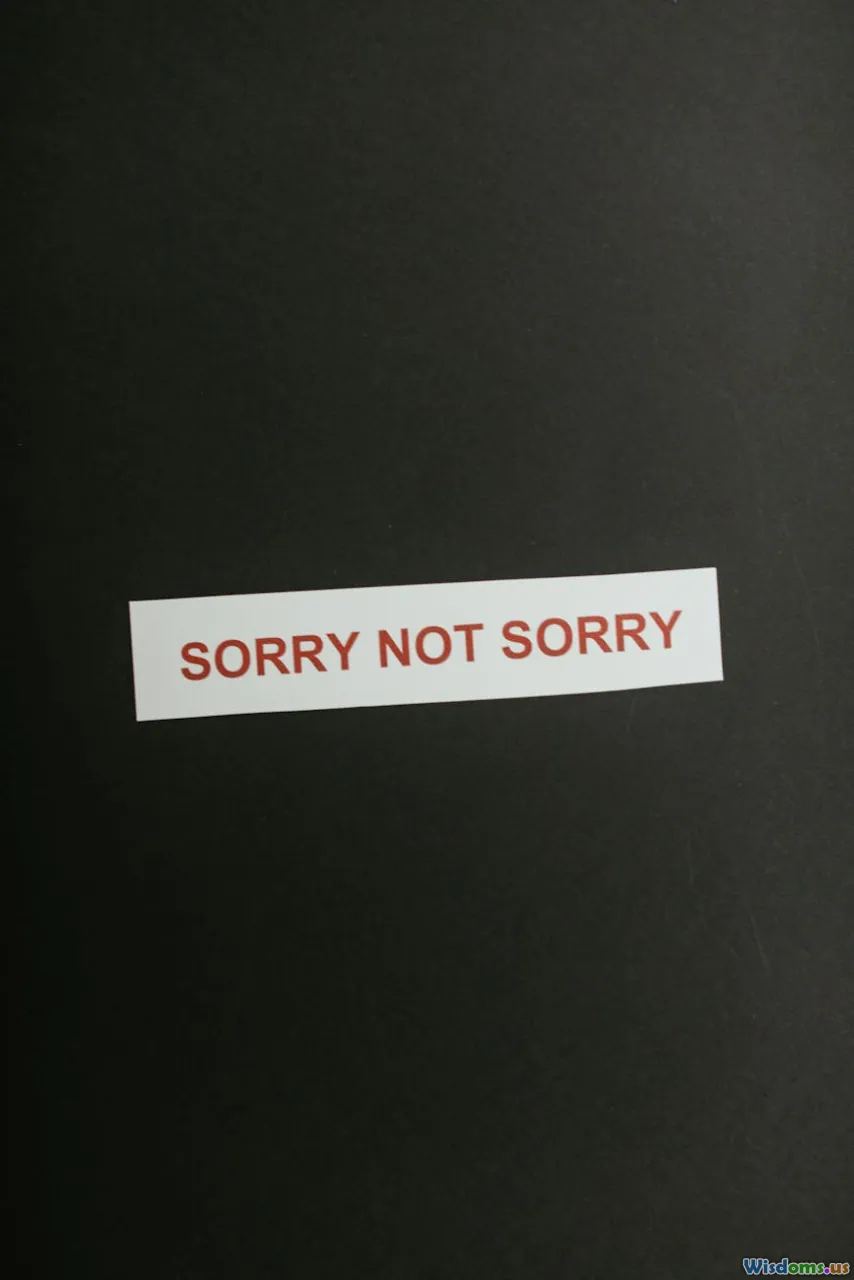
Allocution is a defendant’s chance to speak at sentencing. It is the one moment when demeanor and words directly connect to punishment. A focused approach helps:
- Keep it brief: Two to five minutes is enough.
- Focus outward: The harm done, not just personal hardship.
- Share steps taken: Treatment, community service, education, or restitution.
- Look at the judge: Speak as if in a conversation, not as if reading a manifesto.
- Practice but do not memorize: Use bullet points, not a script, to retain authenticity.
Avoid the traps: Do not argue the case or relitigate guilt; do not cast blame on victims; do not make grand promises without concrete plans. Judges respond to specificity and proportion.
When Behavior Backfires

Over-correction can be as harmful as under-preparation.
- Overacting remorse: Excessive tears or dramatic pauses can seem manipulative when unsupported by action.
- Talking too much: Spilling details creates contradictions for cross-examination.
- Winking or signaling to supporters: Jurors notice, and it reads as unserious.
- Inconsistent attire: Wearing a work uniform one day and club attire the next day muddies the message of stability.
The antidote is a light touch and alignment. Let the legal strategy lead; use behavior to remove friction.
What Judges and Jurors Say After Trials

Post-trial interviews and judicial comments offer consistent themes:
- Respect and punctuality count: Judges repeatedly cite these as markers of seriousness.
- Clear, concise testimony persuades: Jurors favor witnesses who answer directly and concede small points. Defendants who acknowledge obvious facts gain credibility.
- Visible support matters: Family or community presence signals accountability, but overbearing demonstrations can annoy.
- Authenticity beats polish: Jurors prefer a sincere, slightly nervous defendant to a slick one.
These insights are not laws of nature, but they mirror practical observations across jurisdictions.
The Narrow Path From Behavior to Outcome

If one were to draw a causal map, courtroom behavior influences intermediate variables—perceived credibility, perceived remorse, perceived risk—rather than outcomes directly. Those perceptions then nudge discretionary choices: a more favorable plea, a slightly lower sentence, a decision to grant probation over incarceration. The influence grows as legal constraints loosen. In mandatory regimes, demeanor matters less; in open-textured standards like the interests of justice or totality of the circumstances, demeanor matters more.
Crucially, behavior tends to matter at the margins. When evidence is overwhelming or feeble, demeanor does not flip the result. When the case is gray, it can shade the gray.
A Realistic Formula for Defendants and Counsel
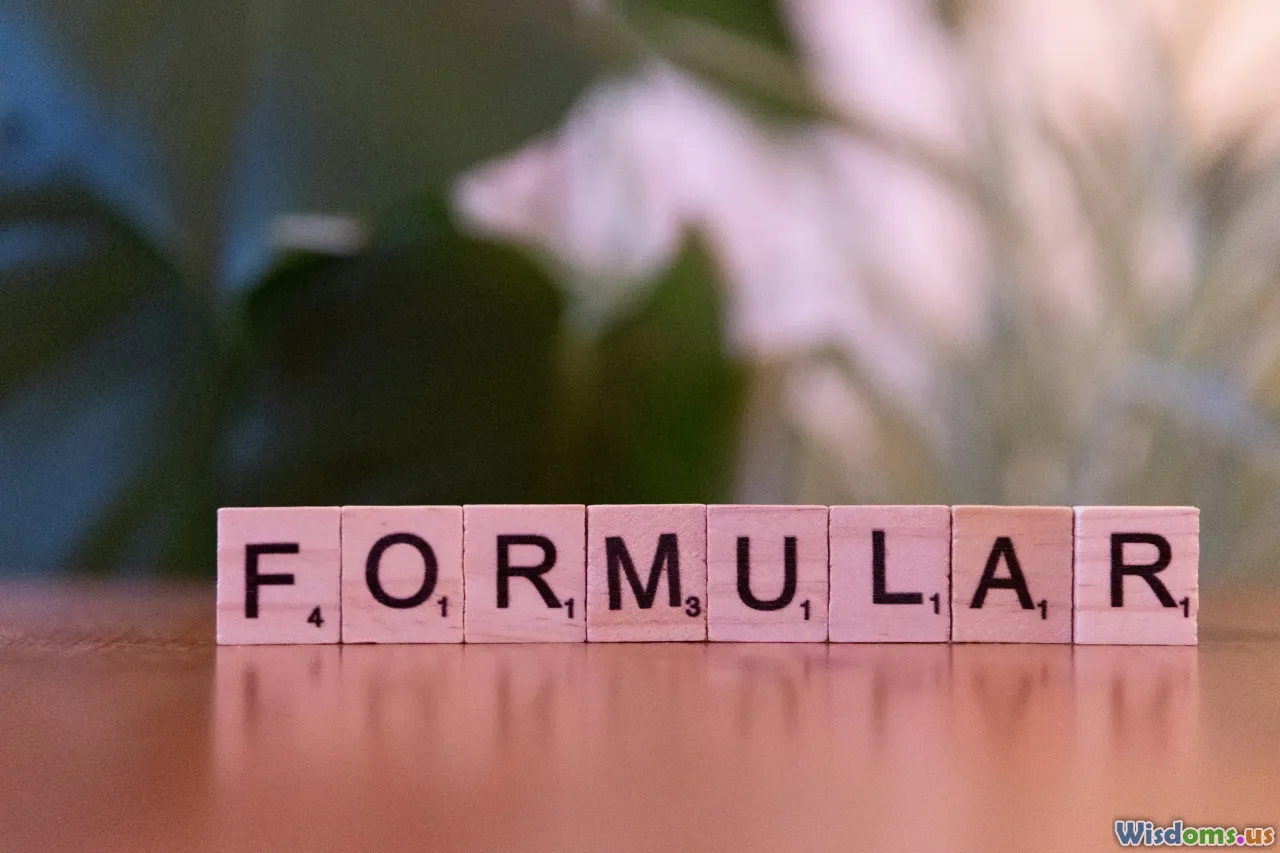
A pragmatic way to think about courtroom behavior:
- Do no harm: Remove avoidable negatives—lateness, disrespect, distraction.
- Align with narrative: Identify the core theme of your defense or mitigation and match demeanor to it.
- Make it believable: Support claims with documents and actions.
- Keep it simple: A few consistent behaviors beat a complex script.
- Anticipate bias: Where possible, surface context to reduce misinterpretation.
This formula does not promise victories; it reduces unforced errors and gives your strongest legal arguments clear air.
Where Prediction Meets Responsibility

So, can courtroom behavior predict a defendant’s outcome? Only in limited ways, and rarely on its own. The more meaningful claim is subtler: demeanor shapes how decision makers perceive credibility, risk, and remorse, and those perceptions can tilt discretionary judgments. The effect is real yet bounded, useful yet ethically fraught, and often channeled by forces bigger than any single appearance.
For defendants, the message is empowering without being naive. You cannot control the strength of the evidence already set before the court, but you can control punctuality, clarity, respect, and the alignment between your words and your deeds. For attorneys, the task is to integrate this behavioral layer into rigorous legal strategy, avoiding theater in favor of truthful preparation. For courts, the responsibility is to educate jurors about the limits of demeanor, reduce inequality in access to preparation, and guard against bias.
If there is a final image worth holding, it is this: a courtroom as a place where the law speaks through people. How those people carry themselves affects how the law is heard. Use that truth carefully, humbly, and always in service of fairness.
Rate the Post
User Reviews
Popular Posts

















